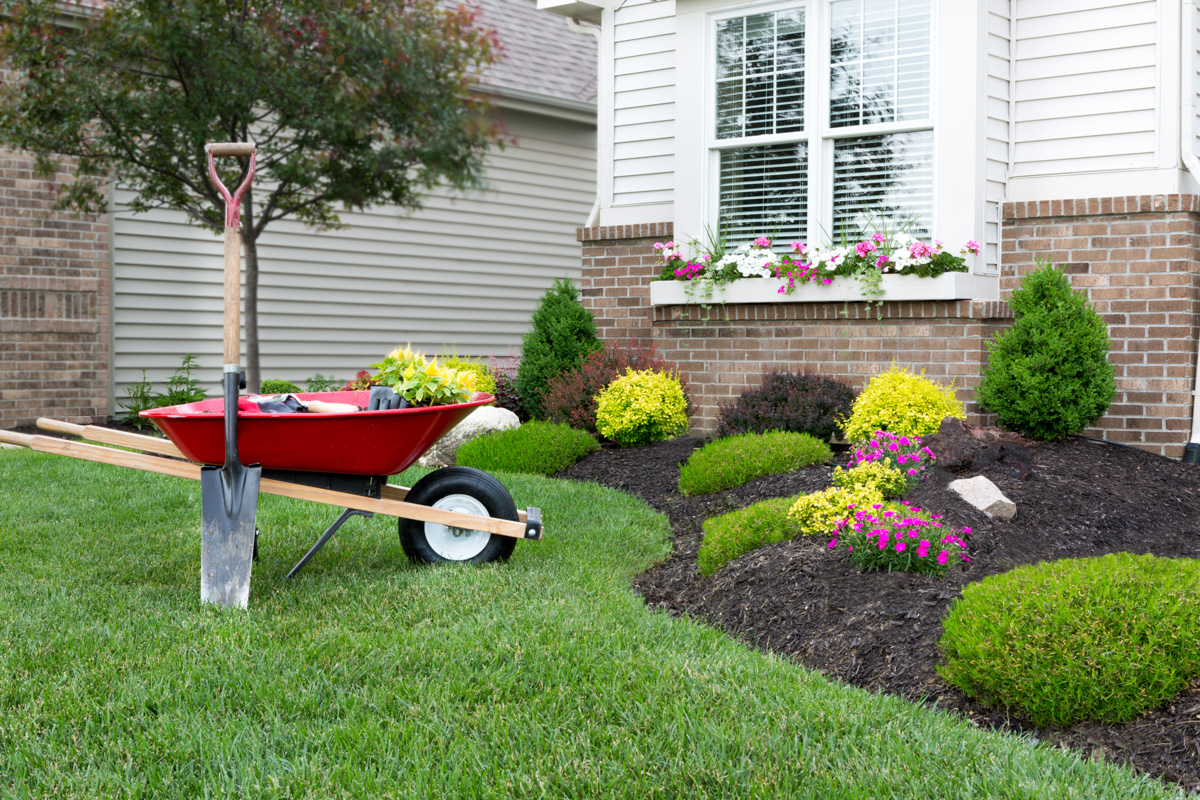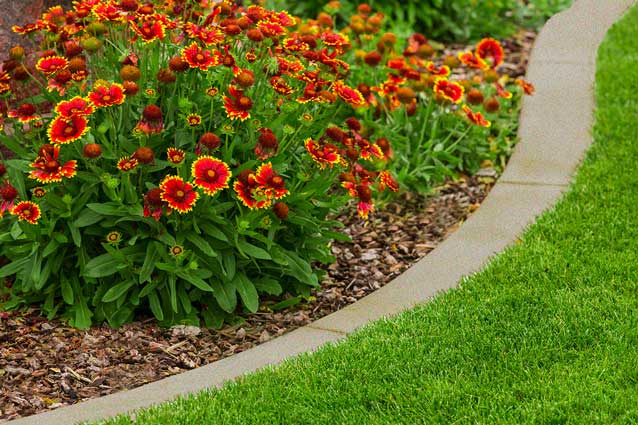Things to Do in the Garden While You’re Social-Distancing
Looking for things to do around the house while social distancing? Spend some time in your garden!

Prioritizing jobs and working in zones are ways to streamline the busy garden time of early spring.
The brink of spring is a busy time in the garden. Between cleaning up from winter and setting the stage for this year’s new growth, lots of jobs need to be done in a relatively short time. Make it manageable by streamlining some of the jobs, skipping a few altogether, and prioritizing the rest.

Use brick or paver borders to eliminate the need to edge beds each season to keep them tidy.